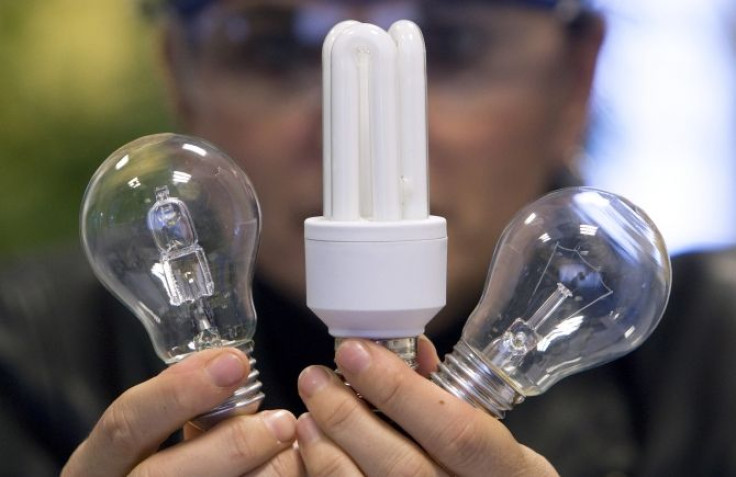Energy Saving Bulbs May Harm Your Skin

A new study says that energy efficient compact fluorescent light bulbs that benefit the environment may be harmful to your skin.
For the study, the researchers collected CFL bulbs purchased from different locations across Suffolk and Nassau counties in New York State and measured the amount of UV emissions and the integrity of each bulb’s phosphor coatings.
They found that all CFL bulbs that they studied had cracks on their phosphorus coatings and they had significant levels of Ultraviolet C and Ultraviolet A.
Then the researchers tested the effect of exposure of these bulbs on healthy human skin cells. Researchers repeated tests using incandescent light bulbs (of the same intensity).
In another part of the study they introduced Titanium dioxide (TiO2) nanoparticles, used in personal care products, to see how its presence along with CFL or incandescent bulbs affects the human skin cells. Titanium dioxide is added to products because it absorbs UV radiations.
"Our study revealed that the response of healthy skin cells to UV emitted from CFL bulbs is consistent with damage from ultraviolet radiation. Skin cell damage was further enhanced when low dosages of TiO2 nanoparticles were introduced to the skin cells prior to exposure," said Miriam Rafailovich, professor of materials science and engineering at Stony Brook University and an author of the study.
Researchers found that, whether Titanium dioxide was present or not, incandescent light bulb of the same intensity had no effect on skin cells.
Researchers say that an additional glass covers might reduce some of the harmful effects of CFL bulbs.
"Despite their large energy savings, consumers should be careful when using compact fluorescent light bulbs. Our research shows that it is best to avoid using them at close distances and that they are safest when placed behind an additional glass cover," said Rafailovich.
The study is published in the journal Photochemistry and Photobiology.



























